The Role of Art Education in Cultural Heritage Awareness
Art education is not merely about painting or drawing; it is a gateway to understanding and preserving cultural heritage. By immersing oneself in the world of art, individuals can uncover the rich tapestry of traditions, beliefs, and historical events that shape their identity. Through art, we can bridge the gap between the past and the present, ensuring that the legacy of our ancestors is not lost to time.
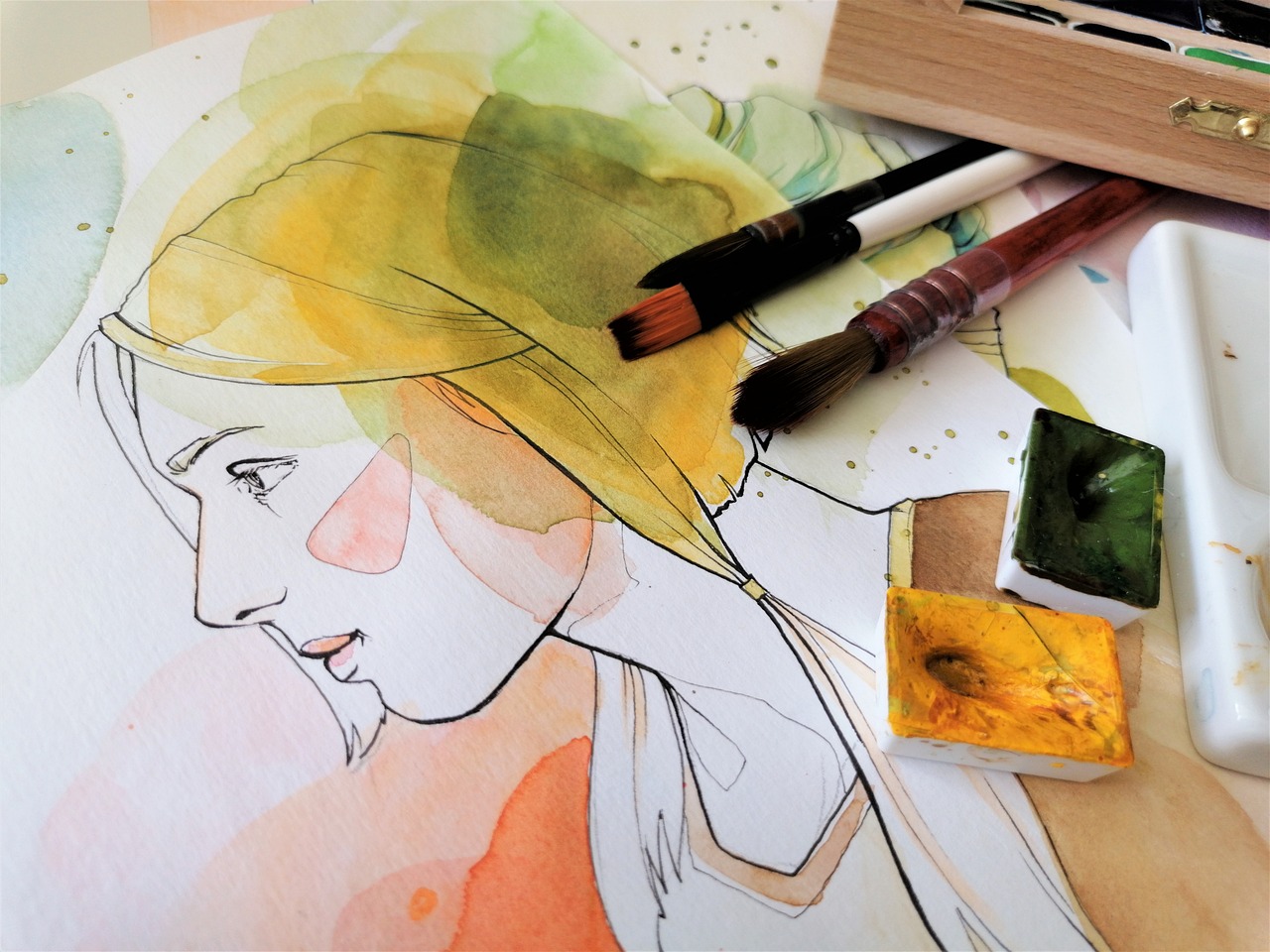
Visual Arts Curriculum Integration
Visual Arts Curriculum Integration plays a pivotal role in enhancing students' understanding of diverse artistic traditions and historical contexts. By incorporating cultural heritage themes into the visual arts curriculum, educators provide a platform for students to explore and appreciate the richness of their heritage through creative expression. This integration not only fosters a deeper connection with cultural roots but also encourages critical thinking and empathy towards different cultural perspectives.

Community Engagement through Art
Community engagement through art is a powerful way to foster a sense of shared identity and pride within a community. By involving individuals in art initiatives that celebrate and preserve cultural heritage, a deeper connection to one's roots is established. Collaborative art projects not only allow for the active participation of community members but also serve as a means of safeguarding and promoting their cultural legacy.

Art Museums and Cultural Heritage Preservation
Art museums play a crucial role in the preservation and promotion of cultural heritage. These institutions serve as guardians of invaluable artifacts and artworks that embody the rich history and traditions of diverse cultures. Through curated exhibitions and educational programs, art museums provide a platform for the public to engage with and appreciate cultural heritage in a meaningful way.
One of the primary functions of art museums in cultural heritage preservation is to safeguard and showcase artifacts that hold significant historical and artistic value. These institutions employ conservation and restoration techniques to ensure the longevity and integrity of cultural treasures for future generations. By maintaining these collections, art museums contribute to the continuity of cultural heritage awareness and understanding.
Moreover, art museums serve as educational hubs that offer insights into the artistic expressions of different time periods and regions. Visitors have the opportunity to explore diverse cultural narratives through the lens of visual arts, fostering a deeper appreciation for the interconnectedness of global heritage. Exhibitions curated by museums often highlight the unique characteristics and contributions of various cultures, promoting cross-cultural dialogue and mutual respect.
Additionally, art museums play a vital role in raising public awareness about the importance of cultural heritage preservation. Through outreach programs, workshops, and guided tours, museums engage with audiences of all ages and backgrounds, encouraging active participation in the conservation and celebration of cultural legacy. By fostering a sense of connection and belonging to cultural heritage, art museums inspire individuals to become stewards of their shared past.
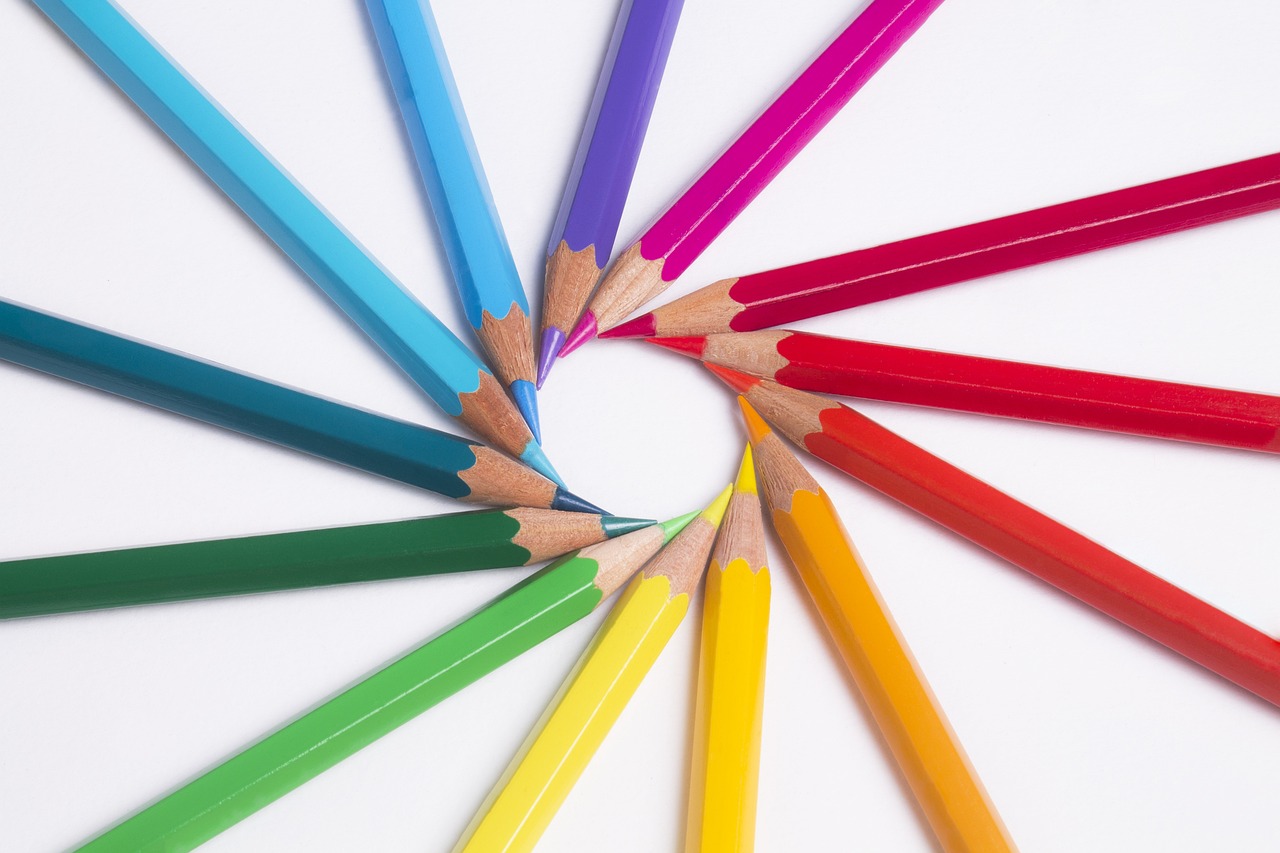
Artistic Expression as Cultural Documentation
Artistic expression serves as a powerful form of cultural documentation, capturing traditions, beliefs, and historical events through visual representation. Artists act as storytellers, using their creativity to immortalize cultural narratives and heritage in various forms such as paintings, sculptures, and installations. Just like historians record events through words, artists document culture through their unique perspectives and interpretations, creating a visual archive of societal values and norms.
Art education plays a crucial role in teaching individuals how to express and interpret cultural heritage through artistic mediums. By learning about different artistic styles and techniques, students gain the skills to convey historical significance and cultural richness in their own creations. Through hands-on practice and exploration, aspiring artists can delve into the past, present, and future of their heritage, preserving traditions for generations to come.
Moreover, artistic expression transcends language barriers, making it a universal language that can be understood and appreciated by people from diverse backgrounds. Just as ancient civilizations communicated their stories through cave paintings and hieroglyphics, contemporary artists continue this tradition by using art as a means of cultural storytelling. Each brushstroke, sculpture, or performance conveys a piece of history, allowing viewers to connect with the past in a tangible and emotional way.
Artists often draw inspiration from their cultural heritage, infusing their work with symbols, motifs, and themes that reflect their roots. By exploring and celebrating their own heritage through art, individuals not only preserve their cultural identity but also contribute to the collective memory of society. Artistic expression as cultural documentation is a dynamic and evolving process, continually adding layers of meaning and significance to the cultural tapestry of humanity.
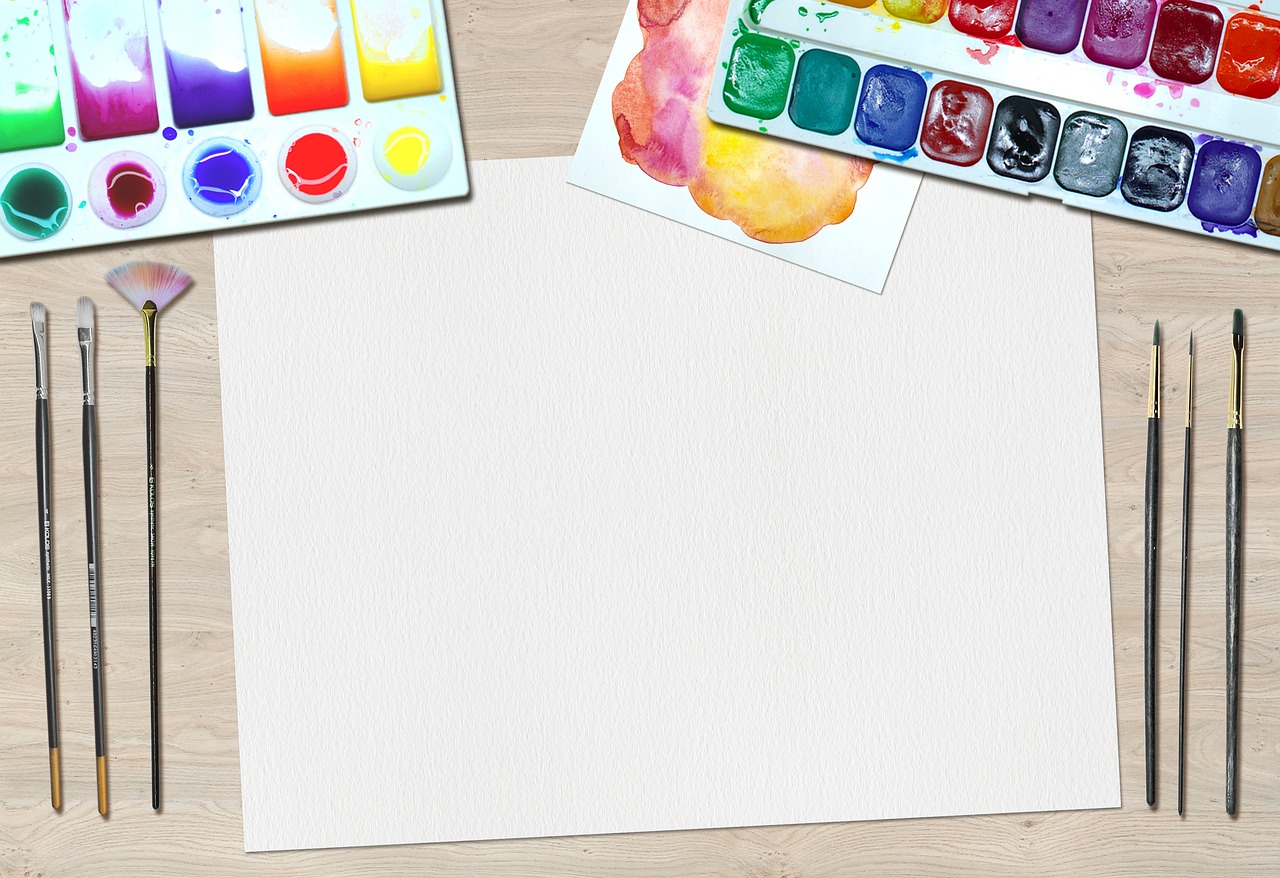
Art Conservation and Restoration Techniques
Art conservation and restoration techniques are essential practices in preserving the integrity and longevity of cultural heritage artifacts and artworks. These techniques involve meticulous processes aimed at stabilizing, repairing, and safeguarding valuable pieces of art for future generations to appreciate and study.
Conservation experts utilize a variety of methods to address issues such as deterioration, damage, and environmental factors that may threaten the condition of artworks. These techniques often require a delicate balance between preserving the original integrity of the piece and ensuring its structural stability for display and study.
One common conservation technique is surface cleaning, which involves the careful removal of dirt, grime, and other surface contaminants that may obscure the artwork's true colors and details. This process requires precision and expertise to avoid causing any damage to the delicate surface of the artwork.
Another important aspect of art conservation is structural stabilization, where conservators work to repair any physical damage or deterioration that may compromise the artwork's stability. This may involve consolidating fragile areas, repairing tears or cracks, or reinforcing the structural support of the piece.
Conservation and restoration techniques also encompass preventative measures to protect artworks from future damage. This includes controlling environmental conditions such as temperature, humidity, and light exposure to ensure the long-term preservation of cultural heritage treasures.
Art conservation is a highly specialized field that requires a deep understanding of materials, techniques, and historical contexts. Conservation professionals undergo rigorous training and education to acquire the skills necessary to preserve and protect our cultural heritage for generations to come.
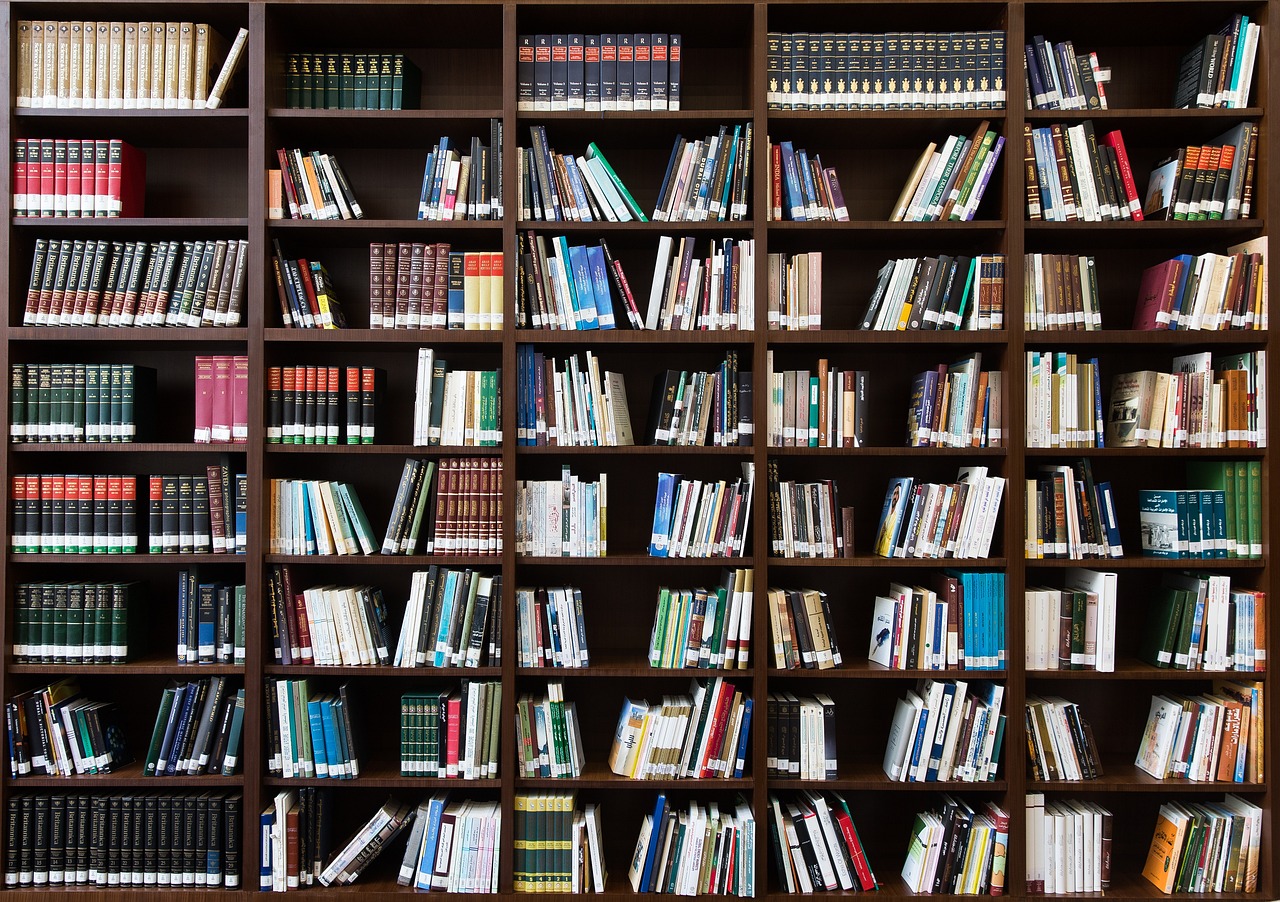
Art as a Tool for Intercultural Dialogue
Art serves as a powerful tool for fostering intercultural dialogue and understanding, transcending language barriers and connecting people from diverse backgrounds. Just like a skilled translator can bridge the gap between two languages, art acts as a universal language that speaks to the soul. Imagine a painting that tells a story without uttering a single word, conveying emotions and experiences that resonate with viewers regardless of their cultural origins.
Through art education, individuals can learn to appreciate and respect different cultural perspectives, recognizing the beauty in diversity. It's like exploring a vibrant mosaic where each piece contributes to the whole, creating a rich tapestry of shared experiences. By engaging in artistic activities that celebrate cultural heritage, communities can come together to celebrate their differences and similarities, finding common ground through creativity.
Art not only encourages empathy and understanding but also challenges stereotypes and prejudices by showcasing the unique perspectives of various cultures. It's like looking through a kaleidoscope, where each turn reveals a new pattern and color, expanding our worldview and inviting us to embrace the complexities of human expression. By embracing art as a tool for intercultural dialogue, we open doors to meaningful conversations and connections that transcend borders and boundaries.
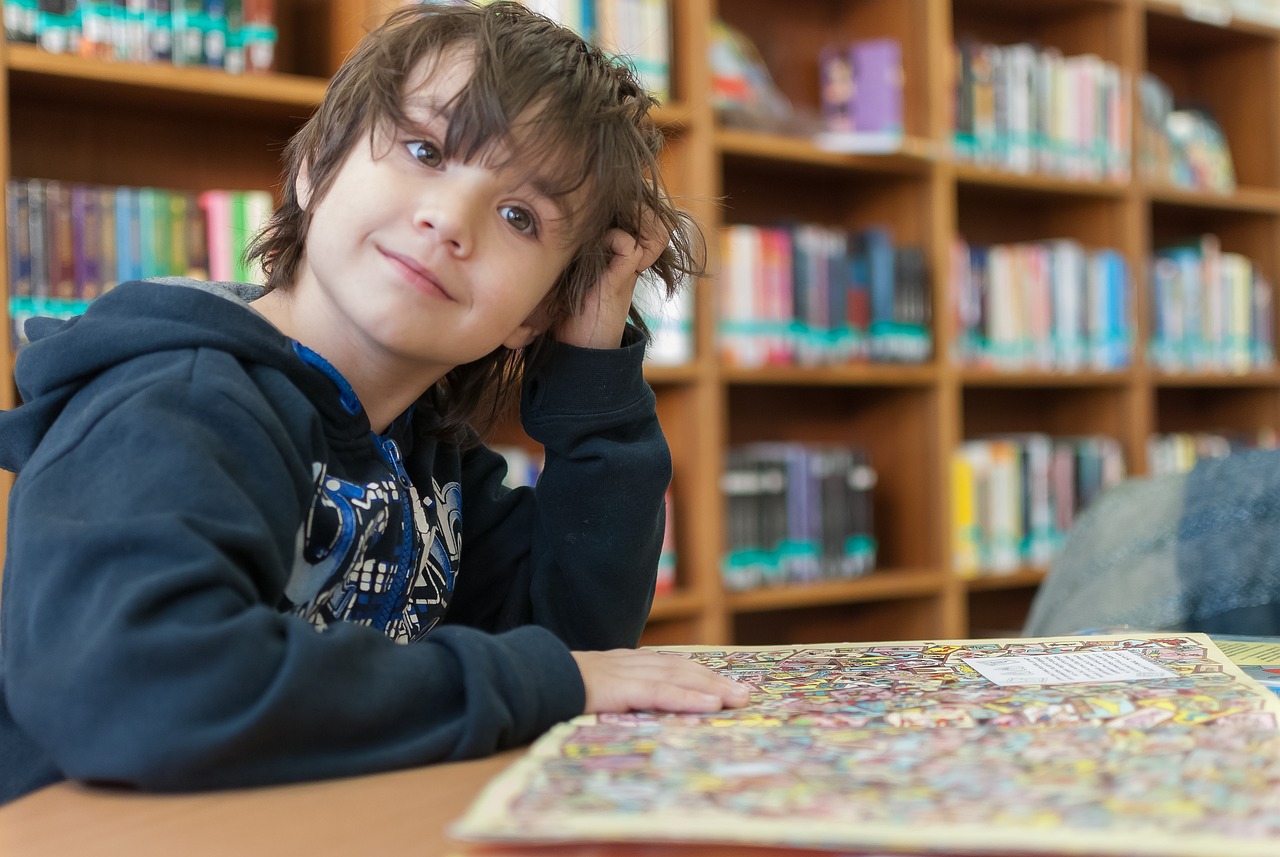
Digital Technologies in Cultural Heritage Education
Digital technologies have revolutionized the way we engage with and learn about cultural heritage. By leveraging digital tools, art education programs can offer innovative ways to explore and interact with cultural artifacts and traditions. Virtual tours provide immersive experiences, allowing individuals to visit historical sites and museums from anywhere in the world. Interactive exhibits enable users to delve deeper into the significance of cultural heritage through multimedia content and interactive features.
Furthermore, digital archives serve as valuable repositories of cultural knowledge, preserving historical documents, artworks, and artifacts in digital formats for future generations to access and study. These digital resources not only enhance the accessibility of cultural heritage but also facilitate research and education in the field of art history and cultural studies.
Through the integration of digital technologies into art education, students can develop a deeper understanding and appreciation of cultural heritage. By engaging with digital platforms that showcase diverse cultural practices and artistic expressions, learners are exposed to a wealth of information that enriches their knowledge and fosters cross-cultural understanding.
Moreover, digital technologies offer opportunities for interactive learning experiences, where users can actively participate in virtual workshops, collaborative projects, and online discussions related to cultural heritage. By embracing digital tools in art education, individuals can engage with cultural heritage in dynamic and engaging ways, promoting continuous learning and exploration of diverse cultural traditions.
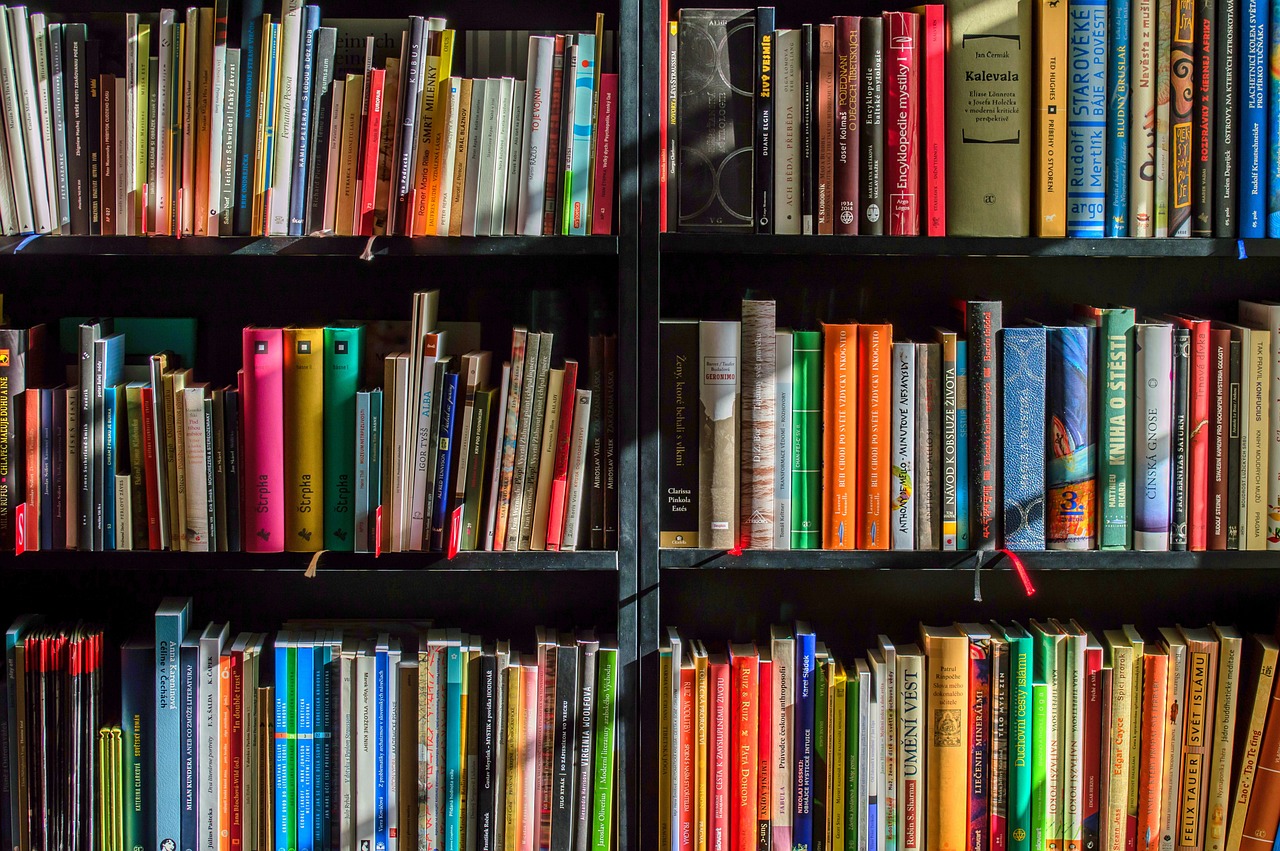
Empowering Youth through Art Education
Empowering youth through art education is a transformative process that goes beyond developing artistic skills. It is about nurturing creativity, critical thinking, and a sense of cultural identity. By engaging young minds in artistic exploration, we are not only fostering the next generation of artists but also instilling a deep appreciation for cultural heritage and legacy.
Art education serves as a powerful tool for empowering youth to express themselves authentically and explore their roots through creative means. It encourages them to delve into their cultural heritage, understand its significance, and find their place within it. Through art, young individuals can connect with their history, traditions, and values in a profound and personal way.
Furthermore, art education instills a sense of pride and ownership in one's cultural identity. By providing a platform for self-expression and reflection, it enables youth to celebrate their heritage and contribute to its preservation. Through artistic endeavors, young learners can actively participate in shaping and sharing the narrative of their community's cultural legacy.
Moreover, art education equips youth with valuable skills that extend beyond the realm of artistry. It fosters collaboration, communication, and problem-solving abilities essential for success in various aspects of life. By engaging in creative pursuits, young individuals learn to think innovatively, adapt to challenges, and express themselves confidently.
In essence, empowering youth through art education is not just about creating artists; it is about nurturing well-rounded individuals who are connected to their cultural heritage, confident in their abilities, and equipped to navigate the complexities of the world with creativity and resilience.
Frequently Asked Questions
- What is the significance of art education in cultural heritage awareness?
Art education plays a vital role in fostering awareness and appreciation of cultural heritage by enabling individuals to connect with their roots, understand diverse traditions, and preserve historical significance through creative expression.
- How does integrating cultural heritage themes into the visual arts curriculum benefit students?
Integrating cultural heritage themes into the visual arts curriculum enhances students' understanding of diverse artistic traditions and historical contexts, encouraging a deeper appreciation of cultural heritage through creative exploration and expression.
- What role do art museums play in cultural heritage preservation?
Art museums play a crucial role in preserving and showcasing cultural heritage artifacts and artworks, providing valuable resources for enhancing public awareness and understanding of cultural heritage through curated exhibitions and educational programs.
- How does artistic expression contribute to cultural documentation?
Artistic expression serves as a powerful form of cultural documentation, capturing traditions, beliefs, and historical events through visual representation, empowering individuals to express and preserve their cultural heritage through creative means.
- How can digital technologies enhance cultural heritage education?
Digital technologies offer innovative ways to engage with and learn about cultural heritage through virtual tours, interactive exhibits, and digital archives, enhancing access to and understanding of cultural heritage resources.
- Why is empowering youth through art education important for cultural heritage preservation?
Empowering youth with art education nurtures creativity, critical thinking, and a sense of cultural identity and heritage pride, ensuring the preservation and promotion of cultural legacy for future generations.



















